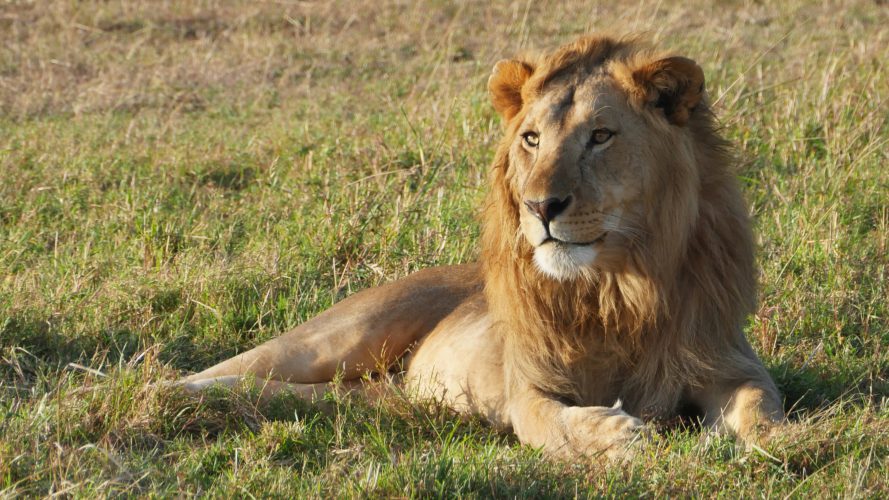It was a thrill to return to Tanzania in October this year at the end 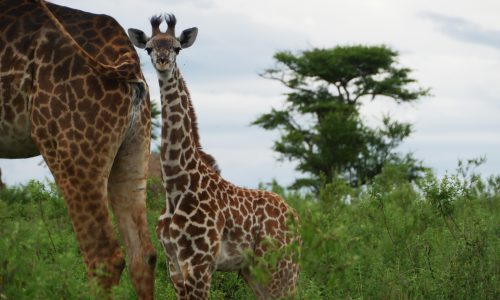 of Tanzania’s traditional peak season. My primary focus would be the camps and lodges featured on our Authentic Tanzania Itinerary: Starting at Hamerkop House in Arusha, followed by Mpingo Ridge in Tarangire National Park, Lemala Ngorongoro on the crater rim, and various locations in the Serengeti: Lemala Ewanjan, Nanyukie, Lemala Mara and Kuria Hills. This was also my first opportunity to travel overland from Arusha to the central Serengeti, and I really enjoyed seeing the countryside and the small communities we passed on the way to the wide-open plains. While my personal preference is to fly between safari destinations, having the overland option works brilliantly for small groups and families traveling together, or for those who prefer not to take to the skies at all.
of Tanzania’s traditional peak season. My primary focus would be the camps and lodges featured on our Authentic Tanzania Itinerary: Starting at Hamerkop House in Arusha, followed by Mpingo Ridge in Tarangire National Park, Lemala Ngorongoro on the crater rim, and various locations in the Serengeti: Lemala Ewanjan, Nanyukie, Lemala Mara and Kuria Hills. This was also my first opportunity to travel overland from Arusha to the central Serengeti, and I really enjoyed seeing the countryside and the small communities we passed on the way to the wide-open plains. While my personal preference is to fly between safari destinations, having the overland option works brilliantly for small groups and families traveling together, or for those who prefer not to take to the skies at all.
After a night at the lovely Hamerkop House (it was a great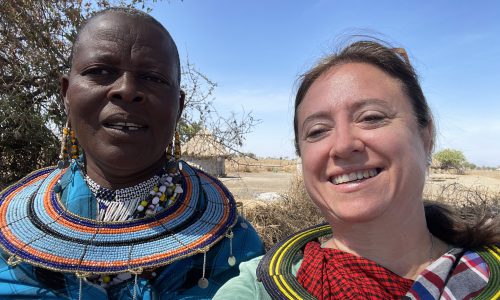 spot to relax after the long flight), our first destination was Tarangire – the sixth largest national park in Tanzania, known for its large herds of elephants and amazing birdlife. The terrain is varied, so baobab trees, grasslands, marshlands, and acacia woodland provide different habitats for a diverse assortment of wildlife which leads to very productive game drives. In the private concessions around the park, walking safaris and cultural experiences add to the blend of sights and sounds.
spot to relax after the long flight), our first destination was Tarangire – the sixth largest national park in Tanzania, known for its large herds of elephants and amazing birdlife. The terrain is varied, so baobab trees, grasslands, marshlands, and acacia woodland provide different habitats for a diverse assortment of wildlife which leads to very productive game drives. In the private concessions around the park, walking safaris and cultural experiences add to the blend of sights and sounds.
Once such encounter was a visit with Chief Lobulo, chief of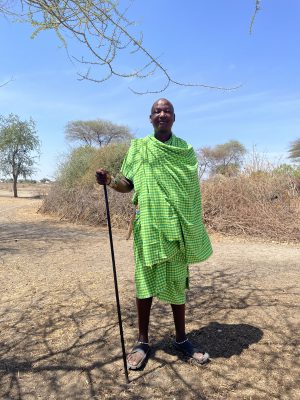 Olasiti Village, to learn about the lives and traditions of his people. We had the chance learn how the Masai build their houses, collect water, protect their crops and cattle. We watched the women make their colorful beadwork and the men in their high jumping displays. The Chief is passionate about education and has built a school which he plans to expand, working closely with the government and Lemala Camps.
Olasiti Village, to learn about the lives and traditions of his people. We had the chance learn how the Masai build their houses, collect water, protect their crops and cattle. We watched the women make their colorful beadwork and the men in their high jumping displays. The Chief is passionate about education and has built a school which he plans to expand, working closely with the government and Lemala Camps.
Moving along to the Ngorongoro Conservation Area, an UNESCO world heritage site and home to the vast, volcanic Ngorongoro Crater, the big 5 and at times, some huge herds of wildebeests and zebra on their continual migration. A quick stop at the African Galleria gave me a chance to find a few treasures to take home. Be it art, Tanzanite, masks, Maasai blankets or T-shirts – it was fun to shop and barter for some great deals. We stopped at Ngorongoro Melia for lunch, visited the site of Crater’s Edge which is still under construction, a quick stop at Lions Paw Camp and stayed in the verdant confines of Lemala Ngorongoro Camp.
The Ngorongoro Conservation Area offers a wide variety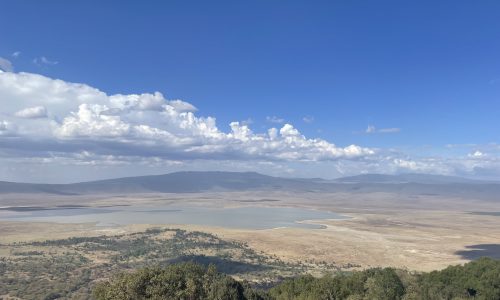 of lodging options and price points. Visitors can opt to stay in the surroundings of Karatu (the closest town to the crater) or at camps and lodges lining the crater rim. The properties on the western side (generally the pricier options) offer incredible unobstructed views into crater, while the eastern side of the rim is home to a lovely selection of smaller camps, which are my personal favourites. I love this area for its lovely forests, low density of vehicle traffic and beautiful sunset views. There is quick and easy access to the crater below by way of a smaller, quieter road, and the shorter descent time onto the crater floor can be a big advantage in those peak months of the year.
of lodging options and price points. Visitors can opt to stay in the surroundings of Karatu (the closest town to the crater) or at camps and lodges lining the crater rim. The properties on the western side (generally the pricier options) offer incredible unobstructed views into crater, while the eastern side of the rim is home to a lovely selection of smaller camps, which are my personal favourites. I love this area for its lovely forests, low density of vehicle traffic and beautiful sunset views. There is quick and easy access to the crater below by way of a smaller, quieter road, and the shorter descent time onto the crater floor can be a big advantage in those peak months of the year.
While we continued by road to the Central Serengeti, most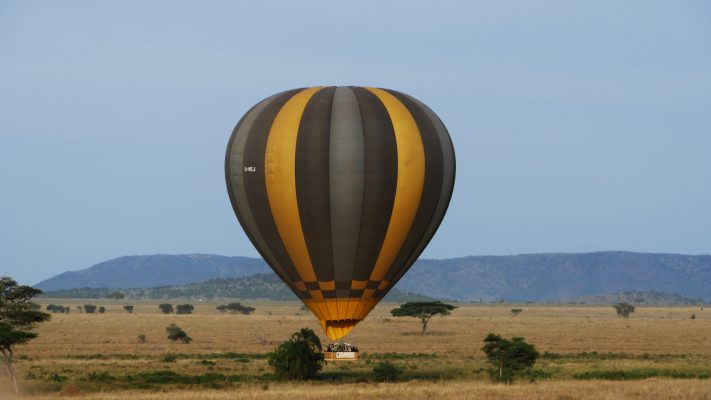 clients would transfer to the Manyara airstrip to fly to one of several airstrips in the Serengeti. I enjoyed the scenic drive, although the road can be rough and bumpy, so be prepared for your “African massage”! With our busy schedule (this is work after all) we were focused on reaching our next camp, but other travelers on this road stopped at the fascinating Olduvai Gorge Visitor center along the way.
clients would transfer to the Manyara airstrip to fly to one of several airstrips in the Serengeti. I enjoyed the scenic drive, although the road can be rough and bumpy, so be prepared for your “African massage”! With our busy schedule (this is work after all) we were focused on reaching our next camp, but other travelers on this road stopped at the fascinating Olduvai Gorge Visitor center along the way.
The Central Serengeti is an oasis of open plains and a great spot for air balloon flights, an adventure that I absolutely recommend! While I am not one for heights, I have had the privilege of this thoroughly enjoyable experience a few times now …. My advice – just go for it! 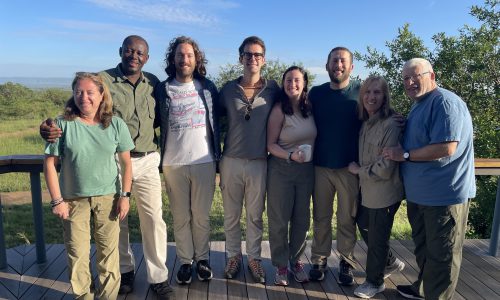
Many clients will travel with their private guides across the plains, but we flew on to the Northern Serengeti, one of my favorite places in Tanzania. It’s quiet in comparison to other parts of the park and filled with rolling hills, small kopjes (rock outcrops) and denser vegetation. Timing is never guaranteed, but historically around July every year, the area hosts large numbers of the migrating wildebeest. However, the area harbors plenty of other wildlife year-round and wonderful array of safari camps to consider for your time here. I stayed at Kuria Hills, Songa, Migration Camp and Mara Mara (where I ran into some of our happy clients enjoying their adventure of a lifetime). I ended my exploration by venturing out to the Loliondo Game Controlled Area, which is wedged between the Kenya border,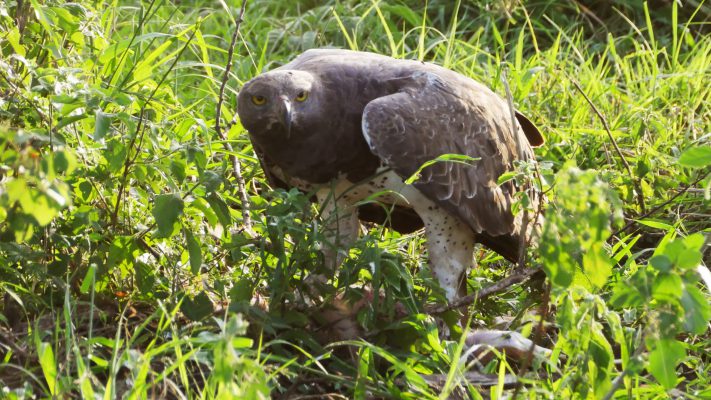 the eastern border of the Serengeti National Park and the northern border of the Ngorongoro Crater area. There are only a handful of lodges on private conservancies in this area, (I had a delightful time at Taasa Lodge) so extended game drives, night drives, and bush walks are allowed. The area provides an excellent counterpoint to the sometimes ‘hectic’ Serengeti and turned out to be the perfect spot for me to spend time at the end of my safari before heading home.
the eastern border of the Serengeti National Park and the northern border of the Ngorongoro Crater area. There are only a handful of lodges on private conservancies in this area, (I had a delightful time at Taasa Lodge) so extended game drives, night drives, and bush walks are allowed. The area provides an excellent counterpoint to the sometimes ‘hectic’ Serengeti and turned out to be the perfect spot for me to spend time at the end of my safari before heading home.
A final reminder that the annual migration 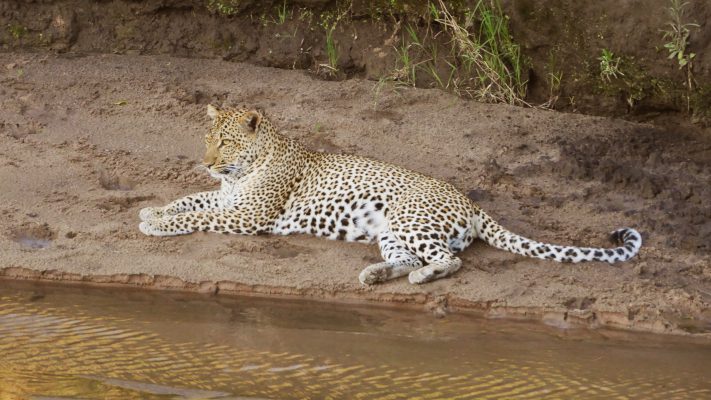 of the millions of wildebeest between the Serengeti and Masai Mara is a perpetual, cyclic journey. Their movements are triggered by weather and grazing conditions and can be unpredictable. The anticipated location of the main herds varies throughout the year, but all the other species (including the big cats) are mostly territorial and spread across the ecosystem all year long. If you are considering a trip to Tanzania, please reach out – we can work with you to ensure that your itinerary includes locations where you have the best chance of seeing this incredible phenomenon.
of the millions of wildebeest between the Serengeti and Masai Mara is a perpetual, cyclic journey. Their movements are triggered by weather and grazing conditions and can be unpredictable. The anticipated location of the main herds varies throughout the year, but all the other species (including the big cats) are mostly territorial and spread across the ecosystem all year long. If you are considering a trip to Tanzania, please reach out – we can work with you to ensure that your itinerary includes locations where you have the best chance of seeing this incredible phenomenon.
